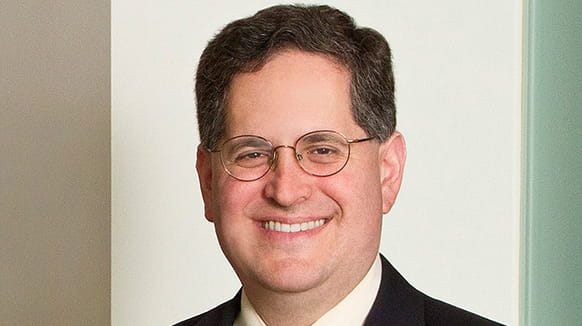View the PDF version of the July 2019 IP Beacon.
Broad Claim Language May Render Patent Invalid Under Obviousness
In BTG Int’l Ltd. v. Amneal Pharms. LLC (Fed. Cir. May 14, 2019), the Federal Circuit affirmed the decisions of the Patent Trial and Appeal Board (PTAB) and the District Court in a consolidated appeal addressing whether generic versions of an anti-cancer drug infringed the claims of U.S. Patent No. 8,822,438 (the ’438 patent) held by BTG International Ltd (BTG). The PTAB and the District Court found that the asserted claims of the ’438 patent were obvious and therefore invalid. The Federal Circuit focused on one of the final written decisions of the PTAB, which it affirmed, rendering the remaining appeals moot.
Read more
Patent Eligibility of GUI-Related Claims in Light of the Federal Circuit’s Recent Decision in Trading Techs. Int’l. v. IBG LLC
In Trading Techs. Int’l. v. IBG LLC, the Federal Circuit affirmed the Patent Trial and Appeal Board’s decision that the claims in a GUI-related patent, U.S. Patent No. 7,783,556 to Singer et al. (the ’556 patent), were ineligible under 35 U.S.C. § 101. Generally, the ’556 Patent relates to displaying a trading screen on a graphical user interface (GUI). The trading screen displays market information to a trader and also places orders for a trade from the trader. Using the Alice framework, the Federal Circuit determined that the claims were “directed to” an abstract idea at step one of the Alice framework, and that there were no additional elements that transformed the claims into a patent eligible application at step two of the Alice framework. At first glance, this decision might be disappointing to inventors of GUI-related technology. However, a review of the ’556 patent reveals support for this decision, which still leaves room for patent eligible GUI-related claims.
Read more
Supreme Court Settles Split: Trademark License Rejection Under Bankruptcy Code Does Not Extinguish Licensee’s Rights
On May 20, 2019, the Supreme Court settled a circuit split concerning whether a debtor’s rejection of a trademark license under § 365 of the Bankruptcy Code “deprives the licensee of its rights to use the trademark.” In a decision written by Justice Kagan, the Supreme Court held that while a debtor-licensor’s rejection of a trademark license results in a pre-petition breach, it does not constitute a rescission of the contract, and thus the licensee may retain the rights granted to it under the license.
Read more
FDA's Risk Evaluation Guidance Brings Clarity, Not Solutions
This April, the U.S. Food and Drug Administration issued final guidance clarifying how the FDA applies the factors in section 505-1 of the Federal Food, Drug and Cosmetic Act to determine whether a risk evaluation and mitigation strategy is necessary to ensure that the benefits of a drug outweigh its risks. The FDA also stated that it “cannot stand idly by and allow companies to abuse the system, frustrating generic drug manufacturers and ultimately keeping patients from accessing lower cost generic drugs,” yet did not address this abuse in the REMS Guidance.
Read more
Patent Eligibility Used as the Federal Circuit’s Shuttlecock in Weekly Badminton Match
In the months following the release by the USPTO of The 2019 Revised Patent Subject Matter Eligibility Guidance (2019 Revised Guidance), anecdotal evidence shows a noticeable uptick in the number of patent ineligibility rejections that have been withdrawn by Examiners at the USPTO, which is promising for applicants and inventors filing patents in technology areas that have been gridlocked since the Supreme Court decision in Alice Corp. v. CLS Bank International, 573 U.S. 208, 134 S. Ct. 2347 (2014). While the trend at the USPTO appears to be improving in favor of applicants, a division continues to exist in the Court of Appeals for the Federal Circuit (CAFC). Recently, two different panels of the CAFC made apparently contradictory decisions on patent eligibility within a week of each other that.
Read more
